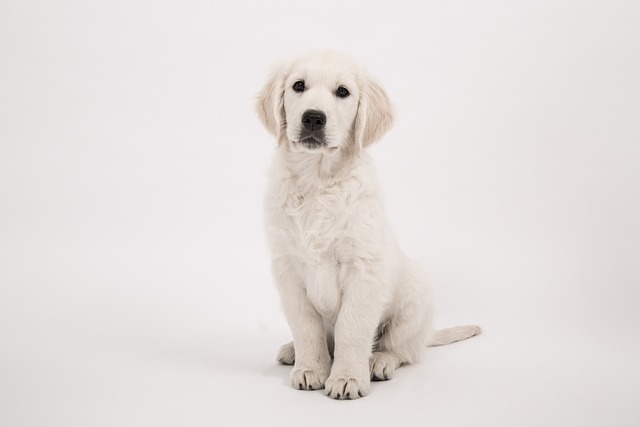
what is parasite treatment for dogs
Discovering your dog has parasites can be an unsettling moment for any new pet owner. Whether you spotted a worm in their stool or found a tick after a hike
Many dog owners notice clumps of fur on couches or floors and wonder if their pet’s diet is to blame—turns out, that hunch is often right. Foods rich in omega-3 fatty acids, like wild-caught salmon or sardines (in water, not oil), can strengthen hair follicles over time; just make sure to adjust portion sizes so you don’t throw off their calorie balance, especially for smaller breeds like Shih Tzus or French Bulldogs. It’s also smart to check labels for dog hair loss diet staples: look for formulas with added zinc or biotin, which support healthy skin—the foundation of a shiny coat.
Never skip a chat with your vet before switching up their meals, though. In places like California or the UK, there are strict rules about pet food safety, and some “homemade” fixes (like too much garlic or onions) can be toxic under local animal welfare laws. A vet can also rule out non-diet causes, like allergies or thyroid issues, which might need more than just food changes. For example, a friend’s Golden Retriever stopped shedding excessively after swapping to a grain-free kibble and treating a hidden flea problem—proof diet works best when paired with full care.
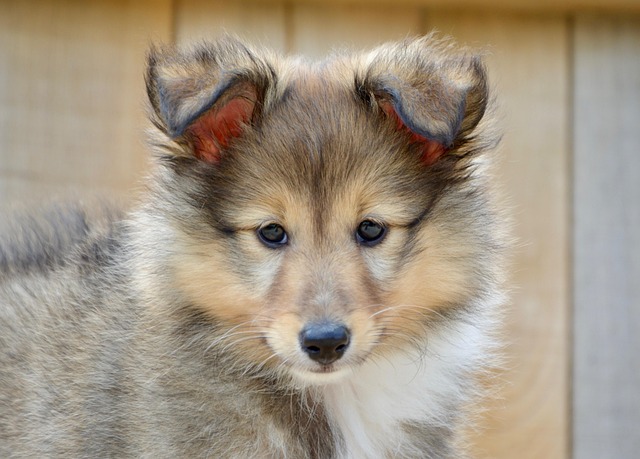 Including fresh, vet-approved veggies can help too. Cooked sweet potatoes or green beans add fiber and vitamins without extra fat, and most dogs love the taste as a topper. Just avoid overdoing it: a spoonful per meal is enough for a medium-sized Lab, but too much can lead to upset tummies. You’ll also want to track progress—take weekly photos of their coat to see if the dog hair loss food adjustments are working. It might take 4-6 weeks to notice a difference, so patience is key; don’t jump between brands every few days, as that can stress their digestive system.
Including fresh, vet-approved veggies can help too. Cooked sweet potatoes or green beans add fiber and vitamins without extra fat, and most dogs love the taste as a topper. Just avoid overdoing it: a spoonful per meal is enough for a medium-sized Lab, but too much can lead to upset tummies. You’ll also want to track progress—take weekly photos of their coat to see if the dog hair loss food adjustments are working. It might take 4-6 weeks to notice a difference, so patience is key; don’t jump between brands every few days, as that can stress their digestive system.
Remember, consistency beats quick fixes. Stick to a regular feeding schedule, and pair their hair loss diet for dogs with regular brushing—short-haired breeds need weekly sessions, while long-haired ones like Collies might need daily care. Brushing not only removes loose fur before it ends up on your clothes but also stimulates blood flow to their skin, helping those nutrient-rich foods do their job. If you’re unsure about a specific ingredient, check with local pet food associations—they often have lists of compliant, safe options that fit regional regulations.
Feeding your dog to reduce hair loss is about balance: nutrient-dense foods, vet guidance, and following local rules to keep them safe. Whether you opt for commercial kibble with omega-3s or add small portions of fresh fish, the goal is to support their overall health—since a happy, healthy dog always has a healthier coat. Just stay observant, ask questions, and you’ll find a routine that works for both you and your furry friend.

Discovering your dog has parasites can be an unsettling moment for any new pet owner. Whether you spotted a worm in their stool or found a tick after a hike

You’re petting your pup on the couch like usual, and suddenly you pause—wait, their fur feels way softer than it did last week. Is that normal?
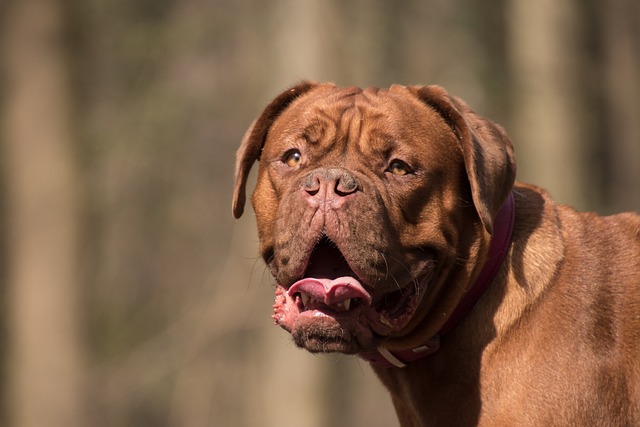
If you’ve ever petted a neighbor’s pup and marveled at how soft and shiny their fur was, then looked down at your own dog’s coat wondering “is mine okay?”, you’re far from alone.
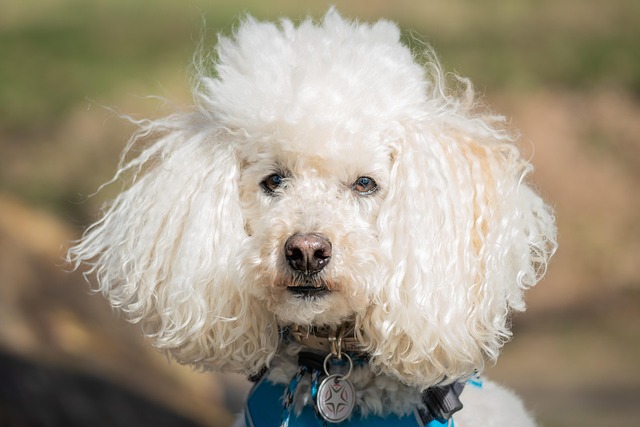
You might’ve stood in front of your standard poodle’s bowl, wondering if that scoop of kibble is too much—or not enough.
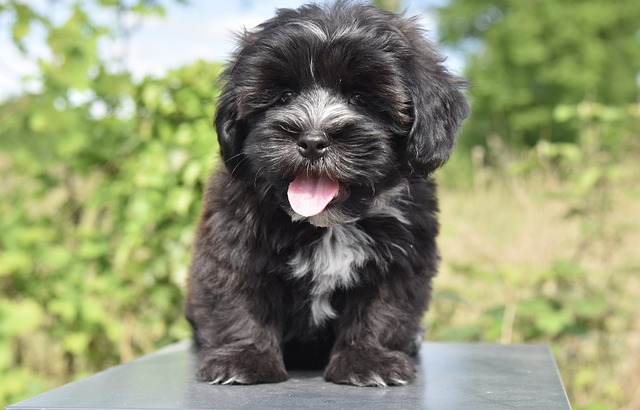
Ever watched your dog suffer from an upset stomach after a nerve-wracking vet visit or a course of antibiotics? Maybe you’ve noticed more

So, you’ve noticed your dog’s been a bit… off lately. Maybe it’s a bout of unexpected diarrhea after a weekend, more frequent gas that clears the room